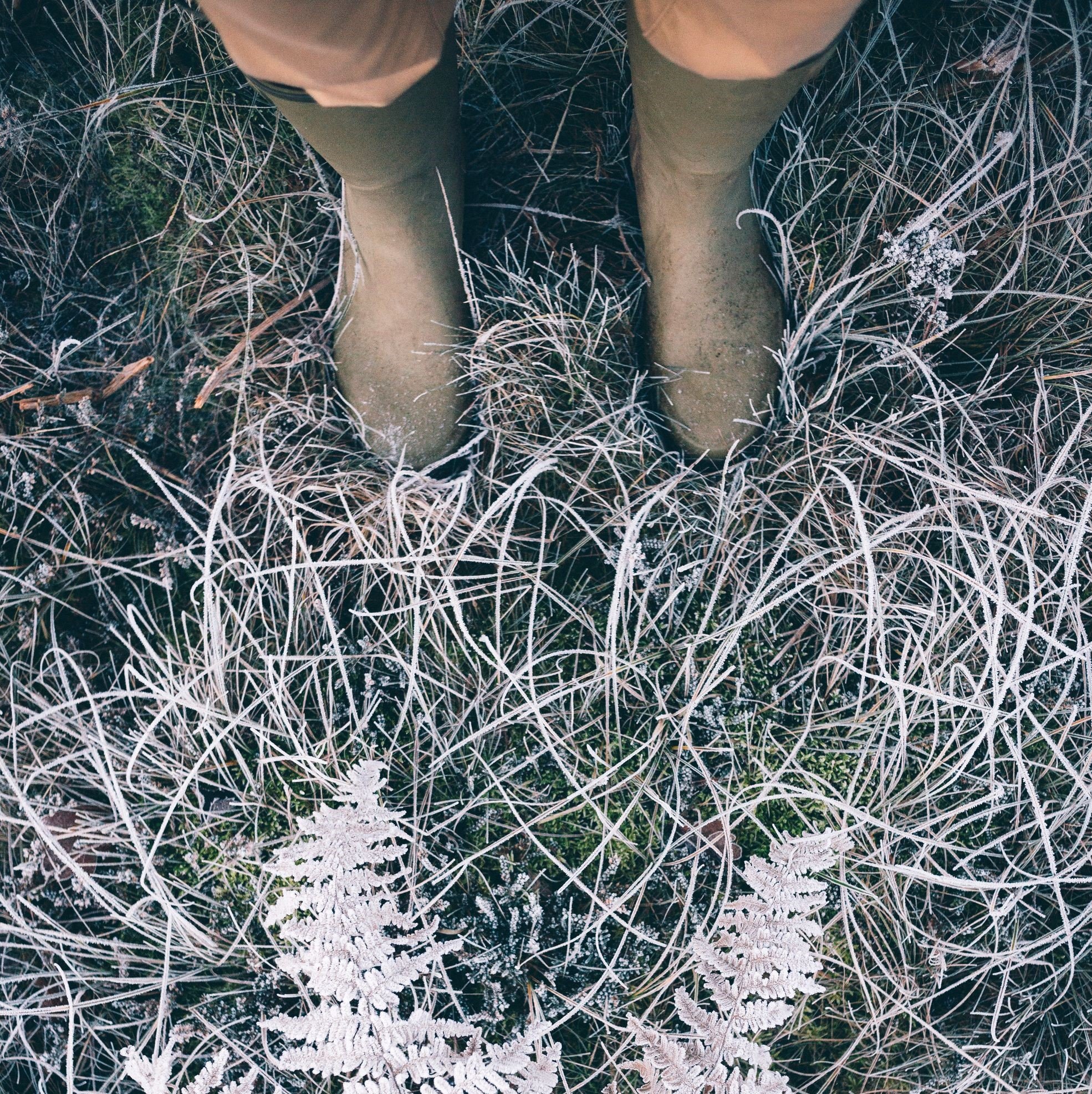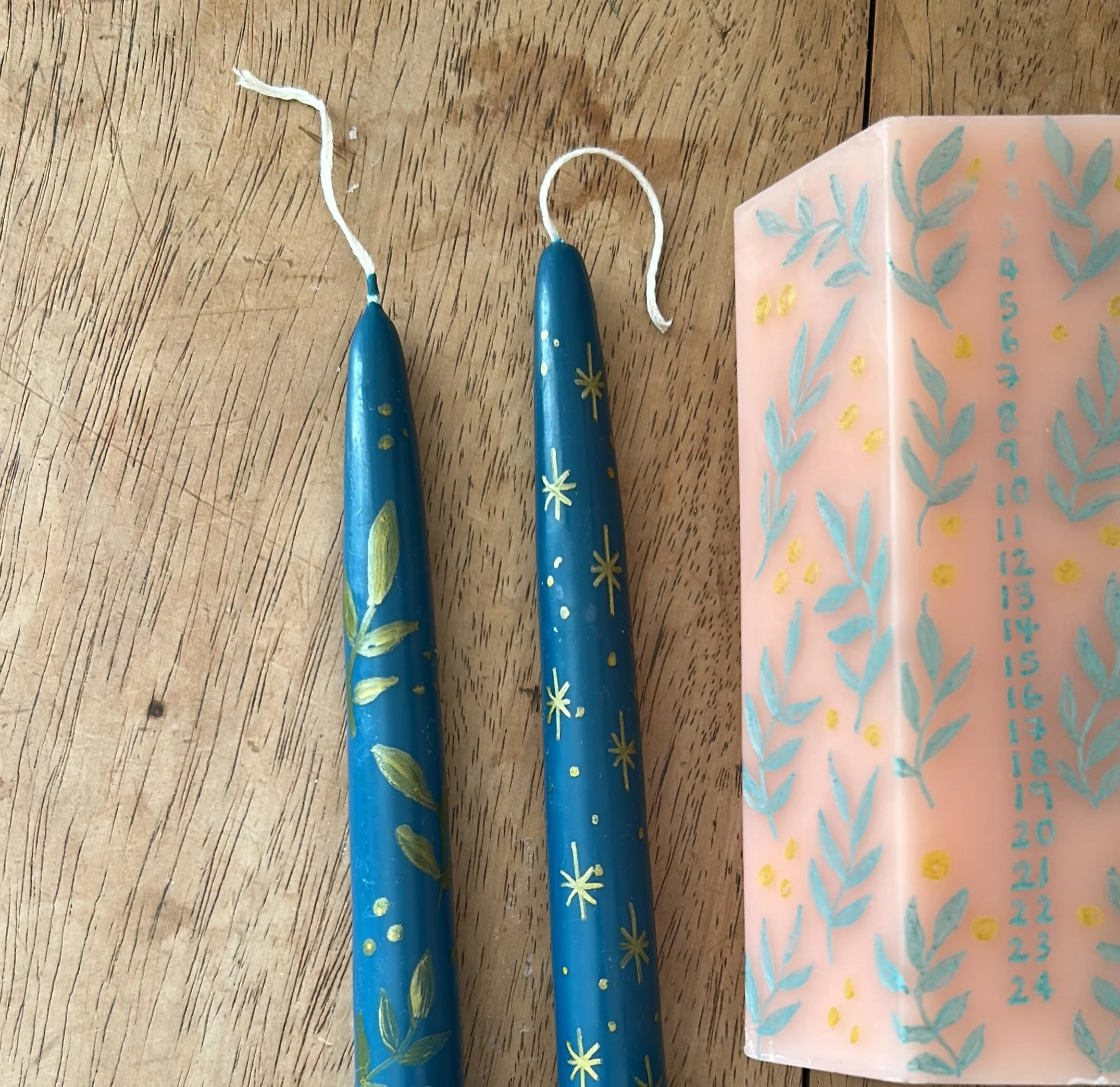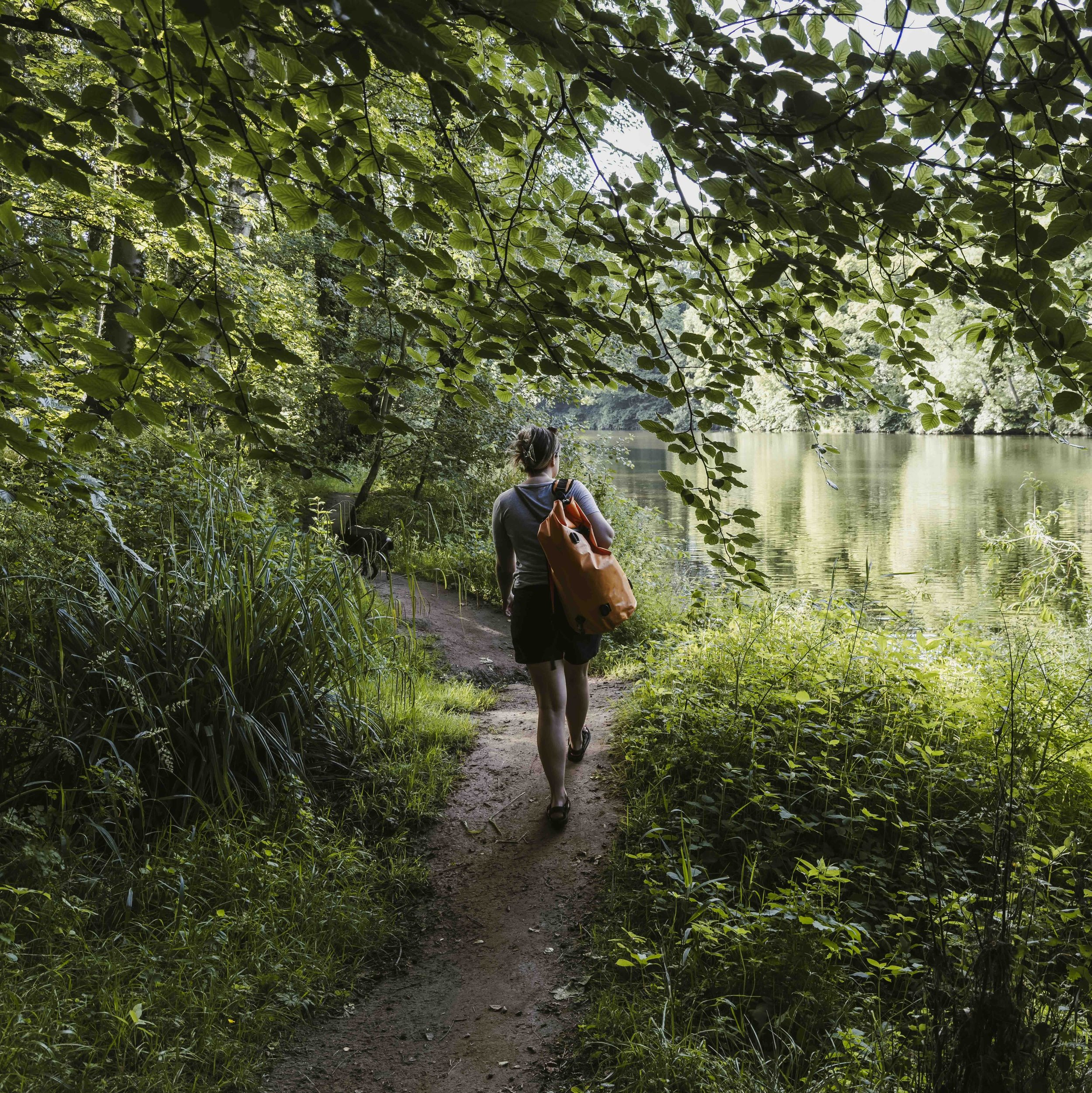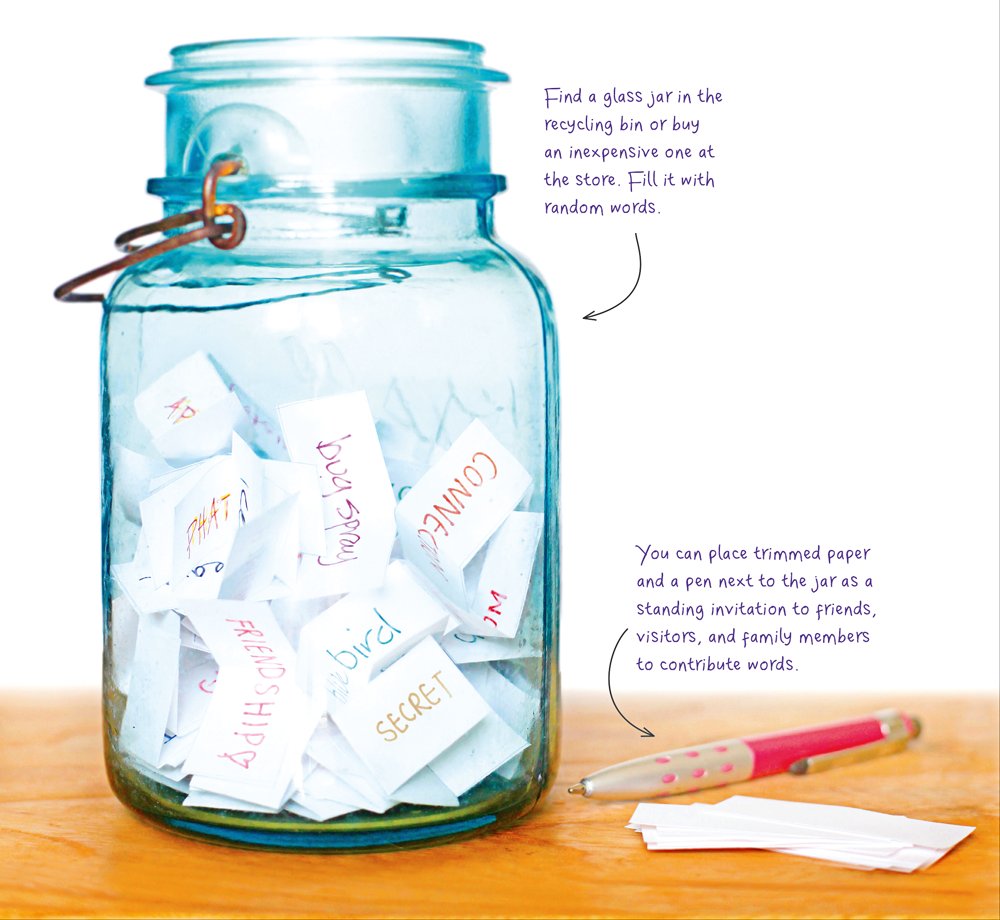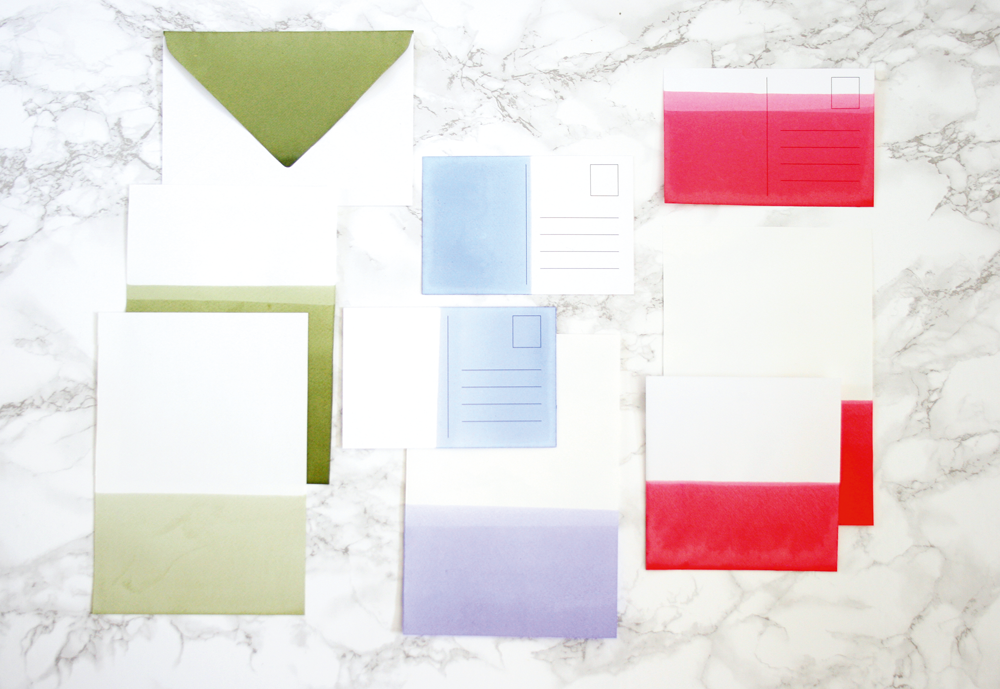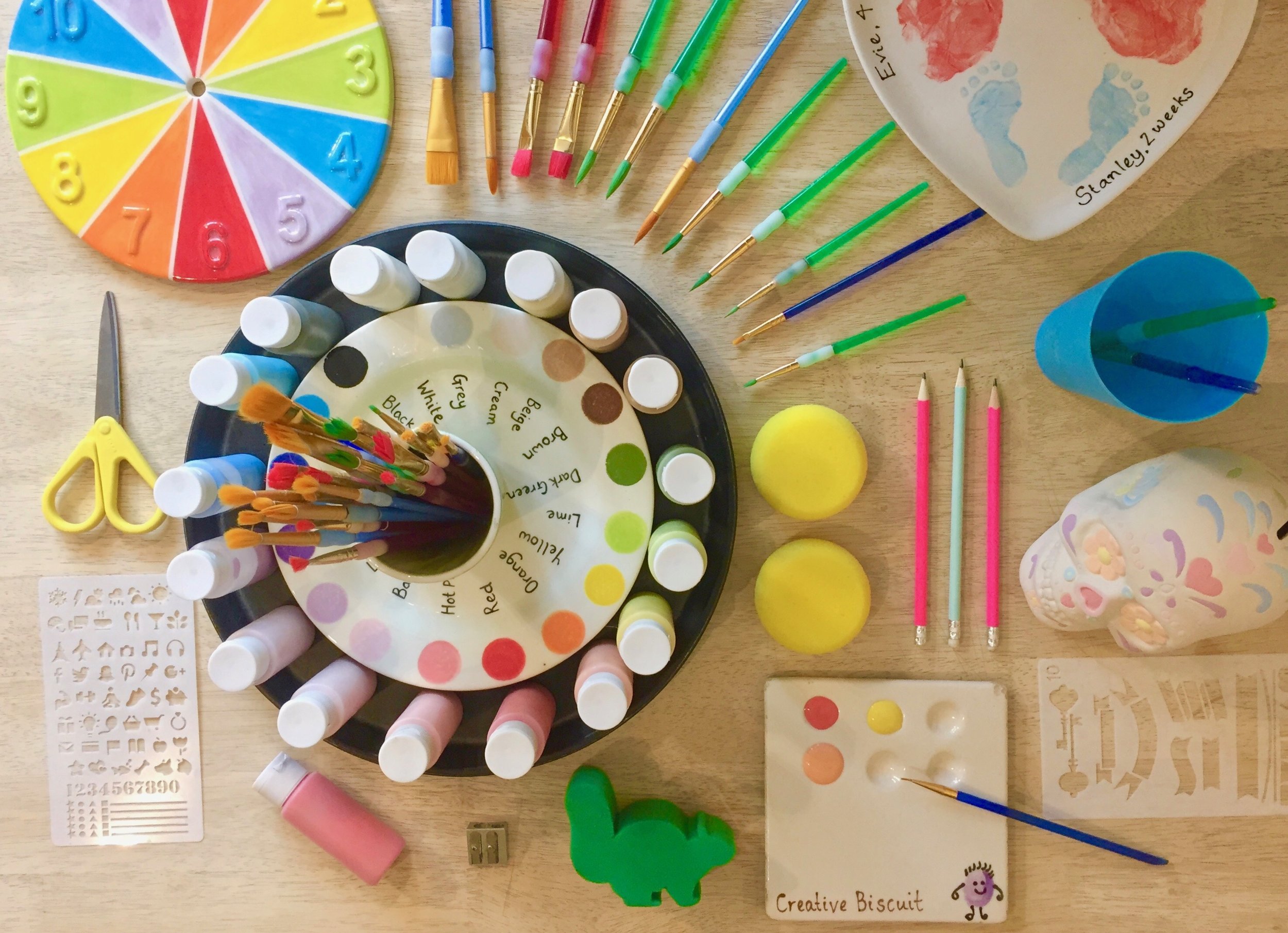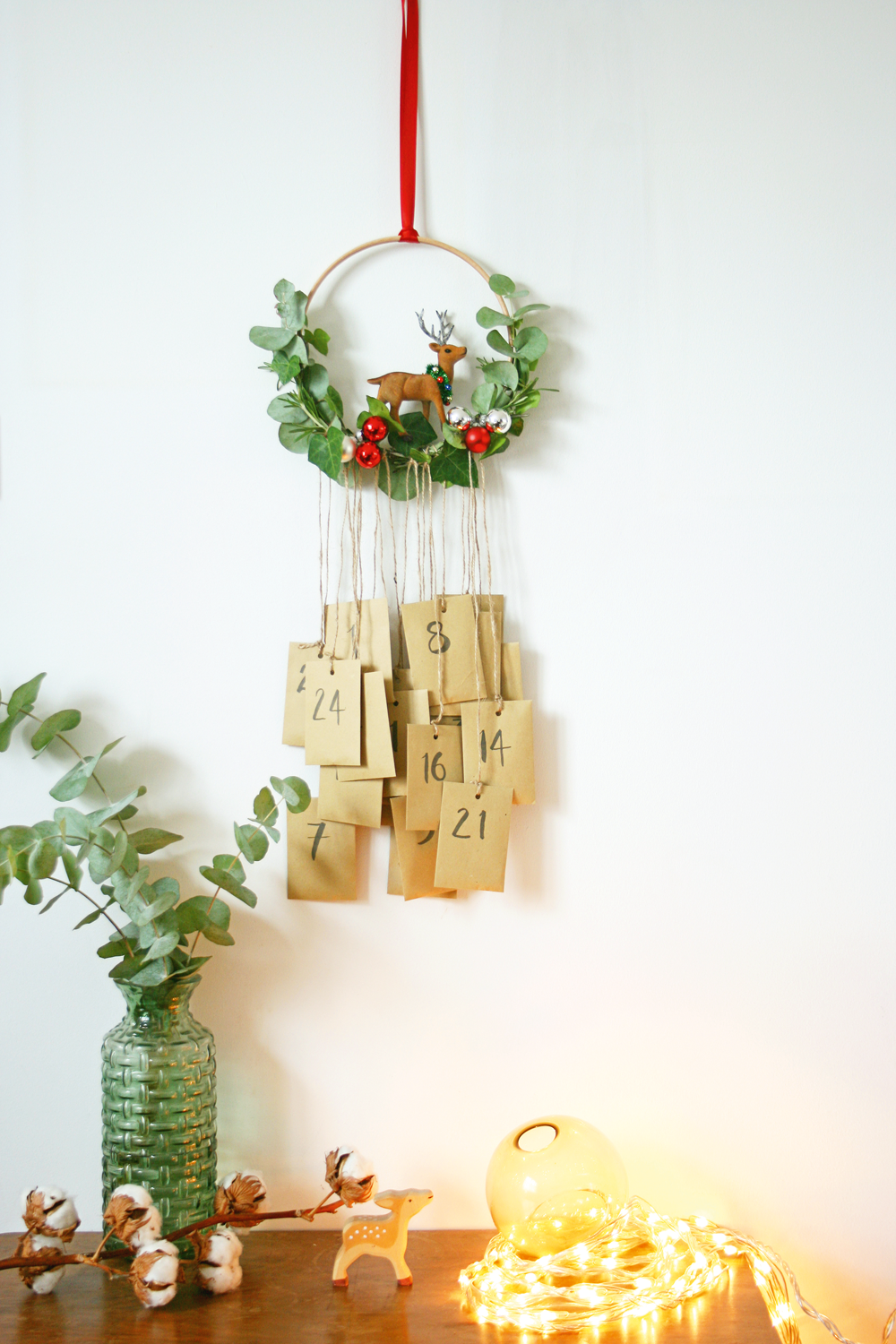Why stepping outside and filling your lungs in winter will always improve your day
There’s no getting away from it. If you reside in the UK, you’re probably not living your best outdoor lifestyle in December. But is that, in fact what makes a blast of winter air so special? When you step outside in summer you may not even bother to shut the door behind you; the garden becomes an extension of the house. You don’t need to change your clothes or add layers. You simply mosey on out and join everyone else, going about their day.
But in winter, stepping outside can be like stepping into Narnia. Moving from a stuffy, centrally heated house full of artificial light into the dark and the fresh, cool air feels like a little adventure, whether you’re off on a hike or just poking your nose outside. And there’s nothing like that first lungful of cold air to calm frazzled nerves, soothe overindulged stomachs and clear your mind. No matter how long you have, a breath of fresh air might be the festive re-set you need this season. Here are a few excuses to help you find it.
Excuse: A good walk
Whether it’s a nice chat with a parent or sibling, or perhaps a catch-up with an adult child you don’t see so much of these days, a good long walk is an excellent reason to get out of the house when you feel you’re starting to ‘ferment’. Once the excesses of Christmas Day and Boxing Day are over you can declare that you ‘simply must get a bit of exercise’ and commandeer someone to keep you company.
Enjoy the first slap of cold air on your cheeks as you rediscover the world outside (somehow even two days spent indoors at Christmas always feels like you’ve been locked up for months). Pick somewhere that will allow you to appreciate nature a bit, whether that’s a national park or the gardens of a stately home, or a wilder woodland setting, and you’ll have plenty of conversation starters. However, you often find that the mere act of walking side by side, without the pressure of full eye contact, allows people to open up and you’ll end up chatting about all sorts of things and possibly discovering a new side to someone you thought you knew everything about. And how often do we get the chance to do that?
Secret benefit: Reconnecting with the important people in your life.
Excuse: Tidying the garden
If wandering far from home isn’t an option, find a good long job that absolutely must be done in the garden and escape into the fresh air. At this time of year, any dry day is a good enough excuse to abscond to the garden for a few hours. Wrap up warm, with double gloves, and get cutting back, sweeping up and scrubbing out old plant pots ready for spring. Pop a podcast on in your ear phones, or just enjoy hearing the occasional garden bird trilling.
Secret benefit: Your future self will thank you in February.
Excuse: Child or dog care
Whether you own a child or a dog yourself or not does not matter here. No parent or pet owner will object if you offer to take a scatty lab or over-Christmassed kid out to burn off some energy in the park. You need not admit that you’d much rather spend an hour in the company of someone smaller and/or furrier than yourself than have to make any more adult small talk about the cost of living or when it is acceptable to take the tree down. Take a ball with you, a good book in case the dog/child leaves you to your own devices once there, and maybe a flask of something hot to enjoy with your fresh air and dose of daylight.
Secret benefit: A nice cup of tea and a sit down - en plein air.
Excuse: Putting the bins out
The thing about Christmas is that if you’re not washing up, you’re probably taking the bins out. Both are excellent ways of finding a little peace and quiet for yourself. But taking out the bins has the added bonus of a few moments of fresh air, too.
Tie up the bin liner and replace it so that no one comes looking for you asking where the new bin liners are, then trudge through the back door with the air of someone ‘just getting the job done’. Make a slightly larger deal than necessary about rearranging the bins for maximum space efficiency and by the time you’ve sorted it all out, all eyes will be off you. Slope around the corner of the house where you’ll be unseen and then, with only the moon for company, look up at the sky and take in a few deep breaths and enjoy five meditative moments alone with your thoughts. If anyone questions your absence when you go back indoors, claim you thought you saw a rat and went to investigate. That should ensure no one else offers to take the bin out and the job remains yours.
Secret benefit: A bit of peace and quiet. Plus, you’ll be treated like a heroine for doing the dirty jobs.
Excuse: Just airing the house
If the weather foils your plans, as a last resort, find a quiet room, throw open the window, stick your head out and take a few deep lungfuls of winter air. Mentally, block out the rest of the world and all the goings on inside the busy house, close your eyes and imagine yourself out in the great blue yonder… That’s better, isn’t it?
Secret benefit: A mini self-care package (and a fresher feeling room).
If you’re interested in fresh air winter walks you might enjoy our feature ‘A Wander to Behold’ from our December issue, which is on sale now.
Buy this month's The Simple Things - buy, download or subscribe

